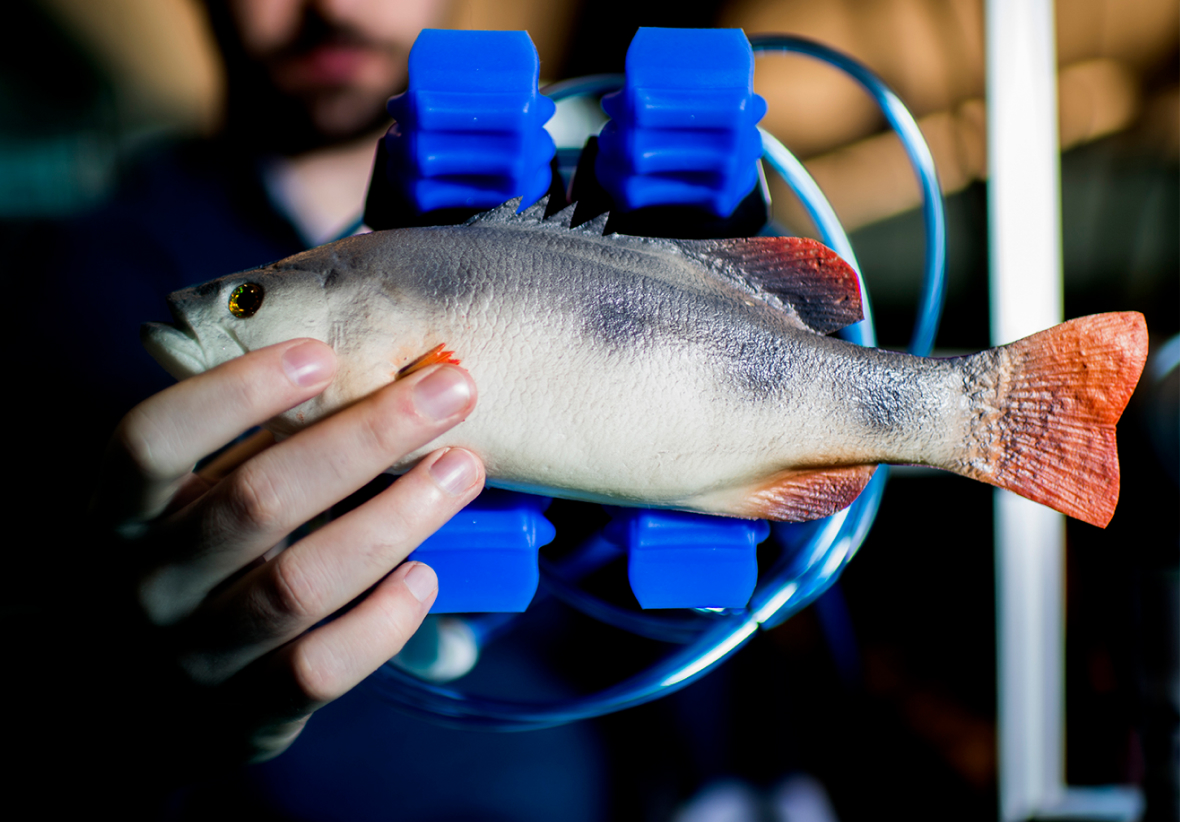
Case Study
Lending a robotic hand to the seafood industry
The Challenge
Most fish and shellfish caught in the U.S. are shipped for processing to Asia, where labor costs are lower, then shipped back to the states for distribution. To help the domestic seafood processing industry become more competitive and sustainable while also providing fresher product, Northeastern Associate Professor Taskin Padir wants to deploy AI-guided, collaborative robots—or “co-bots”—to assist workers, boosting their productivity while also making their jobs easier and safer.

We believe in seamless human-robot collaboration. If we can bring those two together, we can reimagine future of work in the seafood, meat packing, and many other industries.”
Taskin Padir
Director, Institute for Experiential Robotics, and Associate Professor, Electrical and Computer Engineering
The Partnership
Padir found a collaborator in Raw Seafoods, a family-owned business based in Fall River, Massachusetts. Using the company’s input on processing workflows and challenges, Padir’s lab is developing solutions with funding from the National Science Foundation, the Advanced Robotics for Manufacturing Institute, and the Massachusetts Manufacturing Innovation Initiative. Meanwhile, Padir’s team is also leveraging industry partnerships facilitated by the nonprofit MassRobotics to advance robotics and artificial intelligence technology.
AI and automation hold promise for tasks like sorting fish and assessing its quality, both of which require judgment and a delicate touch. Padir’s lab is developing prototypes, including a robotic arm. “With feedback from Raw Seafoods, we can devise a road map from fundamental research in our lab to practical, real-world application,” Padir says.
The Goal
Upgrading the technology for seafood processing facilities remains a priority for Padir’s team. But the scope of their work has expanded, thanks to a four-year, $2.5 million grant from the National Science Foundation and its Future of Work at the Human-Technology Frontier program. Taking an interdisciplinary perspective—one that encompasses economics, ethics, and workforce training—the team is exploring how harnessing the capabilities of humans and robots together will inform work in sectors from manufacturing to healthcare.
If you can think it, we can help you build it.
To solve a challenge—or turn an idea into reality—contact us. Our expertise is broad, ranging from experiential AI, nanoscience, and coastal sustainability to supply chain management. We can help you develop new technologies and even launch new ventures.